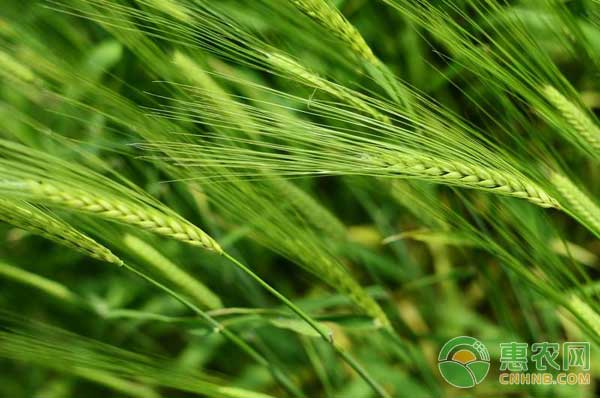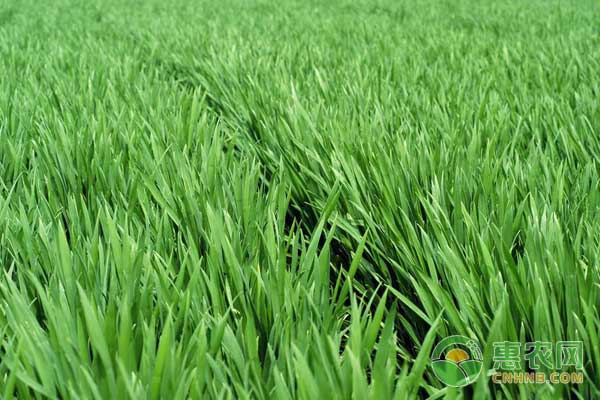Wheat is one of the three major cereals. After being ground into flour, it can be made into bread, taro, biscuits, noodles, etc. It can also be fermented to make beer, alcohol, liquor or fuel. Wheat is rich in starch, protein, fat, minerals, calcium, iron, thiamine, riboflavin, niacin, vitamin A and vitamin C. Generally speaking, wheat can be sown in spring and autumn in the year. This year, winter wheat has been planted. The next step is to carry out routine field management work, especially the prevention and control of pests and diseases. The main control of pests and diseases is to understand the main pests and diseases of wheat. And the characteristics and causes of its occurrence, in order to prescribe the right medicine, the medicine to the disease. First, the occurrence period and characteristics First, the snowy rot fungus in the early spring is heavier. In late March, wheat snow rot fungus is common, with an average incidence of 5 to 40%, up to 100%; the average dead rate is 2.83%, the highest mortality rate can be Up to 6.24%, it is the heaviest year in our district in the past 10 years. According to the survey of the winter wheat field on April 5th to 11th, the wheat snow rot and snow mold occurred with the temperature rising, the field humidity decreased, the wheat seedlings gradually returned to green, the incidence was reduced, and the diseased leaf rate was 3 to 5%; Second, powdery mildew and rust are severely affected by weather changes. Wheat powdery mildew began to develop in late April, and entered the general stage in mid-May. The disease reached its maximum in mid-June. According to the survey in early May, the incidence of wheat white powder averaged 13.6%, the highest was 64.7%, and the average severity of diseased leaves was 1%. The average incidence of wheat white powder at the end of May was 83.6%, the highest was 100%. The severity can reach 20%. Wheat rust began to develop in mid-May, and entered the general stage in early June. In mid-June, the disease reached a large value. The third is that the first generation of cotton bollworms is heavier. In the year of the heaviest year, the average number of nets caught in the net was 47, which occurred from the end of June to the beginning of July. Second, the cause analysis 1. Wheat snow rot fungus: It is a heavy weight, the heaviest year in the past 10 years. The average temperature in March was -2.3 °C, which was significantly lower than the average of the previous year and the same period of last year. The total monthly precipitation was 4.6 mm, which was significantly less than that of the previous years and slightly more than the same period last year. In the winter of the previous year, the snow in the farmland was thick and the permafrost was shallow, and the snow melting was late and fast. The phenological period at the end of March was generally 6 to 11 days later. The final snow days and the spring season March 24-26 were significantly later than the previous year's 8-11 days. 2. Wheat powdery mildew and rust: light weight in the early stage. First, the temperature in the middle and late May is high, the precipitation is slightly less, and other meteorological factors are analyzed. The meteorological conditions are conducive to the occurrence of wheat powdery mildew and rust. Second, the individual wheat varieties are weak in disease resistance. 3. Wheat bollworm: mainly occurred in June, according to the survey, the density of cotton bollworm insects reached the extreme value since the record, up to 133 nets. First, the wintering cotton bolls occur early. Affected by temperature and humidity factors, environmental factors are conducive to the occurrence of cotton bollworm, and the occurrence time of adult bollworm adults is significantly earlier than last year. Second, the number of winterings occurred. According to the number of moths, as of May 25, the total amount of moths was 18, and the ratio of male to female was 1:1. The amount of moth was 5 times higher than that of the same period of last year and the amount of female moth was significantly larger than that of the same period of last year. The above is the characteristics and causes of the main pests and diseases of wheat, I hope to help you! Want to know more about breeding knowledge, please pay attention to the Hui Nong School! We, Jiangsu YanFang Medical Technology Co., Ltd, commenced our medical gloves manufacturing in 2020. Currently, we possess a total of 12 high-capacity NBR Glove Dipping Production Lines. Disposable Nitrile Gloves,Household Nitrile Gloves,Safety Nitrile Gloves,Powder Free Nitrile Gloves Jiangsu Yanfang Medical Technology Co.,Ltd. , https://www.yanfangchina.com

Likewise, we are not only certified with ISO9001, ISO13485 but also fully complied with the essential USFDA, CE Compliances, as well as obtaining relevant accreditation of FDA510K, EN455, and EN374.
Nonetheless, our NBR Examination, Chemotherapy, and Food Grade products are being well established in both US and Europe markets.
We look forward to cooperating and working closely with our valuable customers and stakeholders, who are seeking long-term business relationships in high-quality NBR glove supplies.